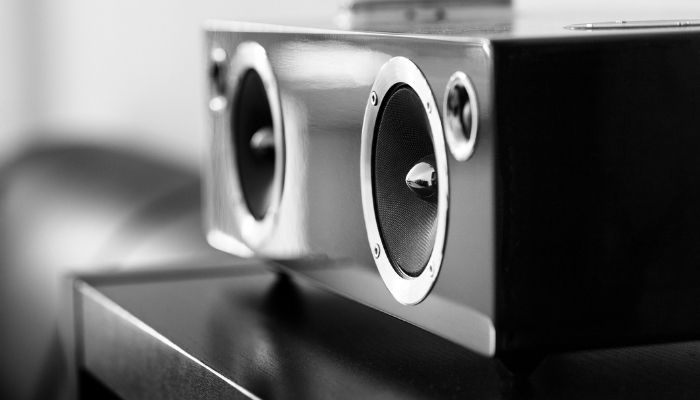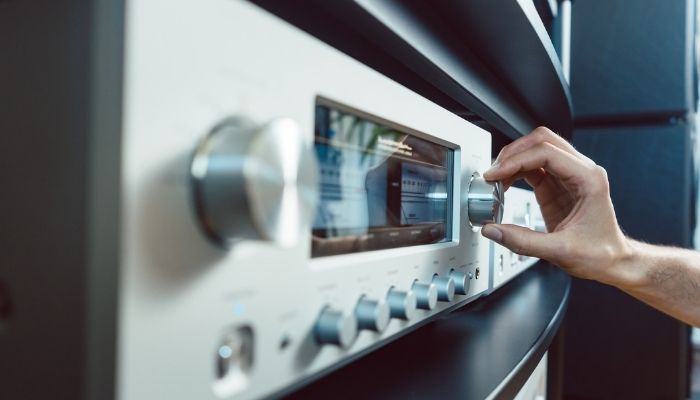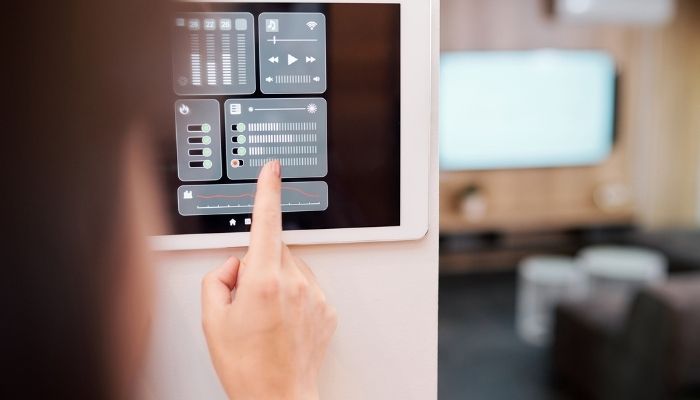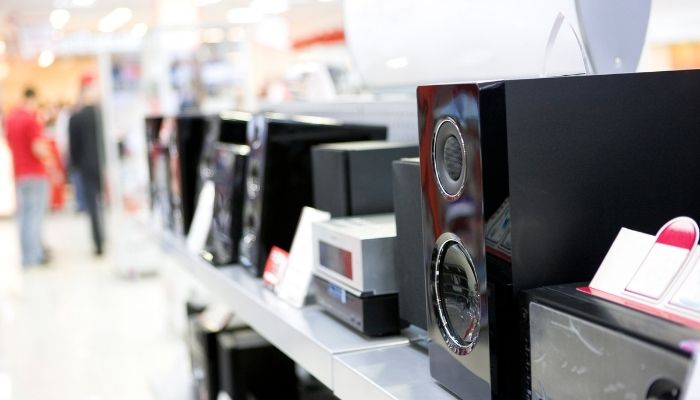Don't you hate when your speakers no longer have the same sound you fell in love with? We hate it too. A "blown out" speaker is a speaker that has a sudden and abrupt drop in sound quality, usually caused by a mechanical or thermal failure.
Speakers usually blow out due to mishaps or carelessness, such as turning up the volume too loudly and leaving it there for too long (this bothers your neighbors as much as it bothers your speakers!). Speakers can also fail due to a variety of other factors, including age. But how do you minimize or prevent it from happening to your speakers? That's where we come in to help with the 3 steps you can utilize to keep your speakers rockin' for years to come.
Check the Physical health
When a speaker is installed incorrectly, or when the protective grills fall loose and are not replaced promptly, physical damage might occur. Because speakers are rather sensitive, piercing or shredding the cone without any kind of protective cover is quite easy to damage them.

If any of your speakers' covers are missing and the speakers aren't yet damaged, it's good to get them fixed as soon as possible. Likewise, you can invest in speaker cases to keep your speakers safe from physical damage and moisture damage. Or, if you're a parent (pet parents included!) think about placing your speakers on shelves to keep them out of reach of little hands (or paws).
Check the Volume
Mechanical speaker failures occur when a speaker's cone is forced to move further than it was designed to. Thermal speaker failure occurs when a speaker is subjected to excessive power like volume or added bass, causing sensitive interior components to melt or burn.
Accidental or thoughtless use of an audio system outside the safety margins is the most common cause of mechanical and thermal failures. For example, if you dial up the volume on your audio system to the point where you hear a gritty tone, the voice coils in your woofers may have split from the spiders that keep them in place, so leaving the volume at that level could cause irreversible damage.

You want to keep your receiver's volume at least 5-6dB below its maximum setting. Most radios have a volume control that ranges from -80dB (silent) to around +16dB. (max). You can normally prevent over-driving the receiver by staying below -6dB below that maximum level, which could potentially harm your speakers and receiver.
Pro tip: If you can't seem to get enough bass out of your subwoofer, try moving it instead of cranking up the volume. You can increase the output by placing a subwoofer in a corner.
Check Your Equalizer's Treble Or Bass Settings
Make sure your treble and bass settings aren't turned all the way up either. If you have equalizer controls, check them. All of them should be set to their neutral values.
Wean yourself off the high treble, and bass settings, as messing with your equalizer in this way may harm your speakers and make it difficult for you to detect distortions in the sound you're listening to. It's possible that you won't realize your speakers are blown until it's too late to save them.

Quality Matters
The speakers themselves could be another reason for poor sound quality. No matter how much power your amplifier produces, if you choose a set of speakers primarily on them being a lower-cost option, they are more than likely going to be incredibly easy to damage with high volumes.
Low-quality speakers can generate a lot of heat, which can cause harm to their internal components. The temperature issue may produce audible distortions from the speakers, but you won't hear them at low volumes. So, make sure you are purchasing your speakers from a top-quality store like Toton’s TV.

Unfortunately, blown speakers can't always be avoided. But you can avoid buying low-quality. We'd love to help you find your next perfect pair of speakers. And with the tips in this blog, you'll know how to make them long-lasting. If you have any questions, don't hesitate to give us a call or stop by.